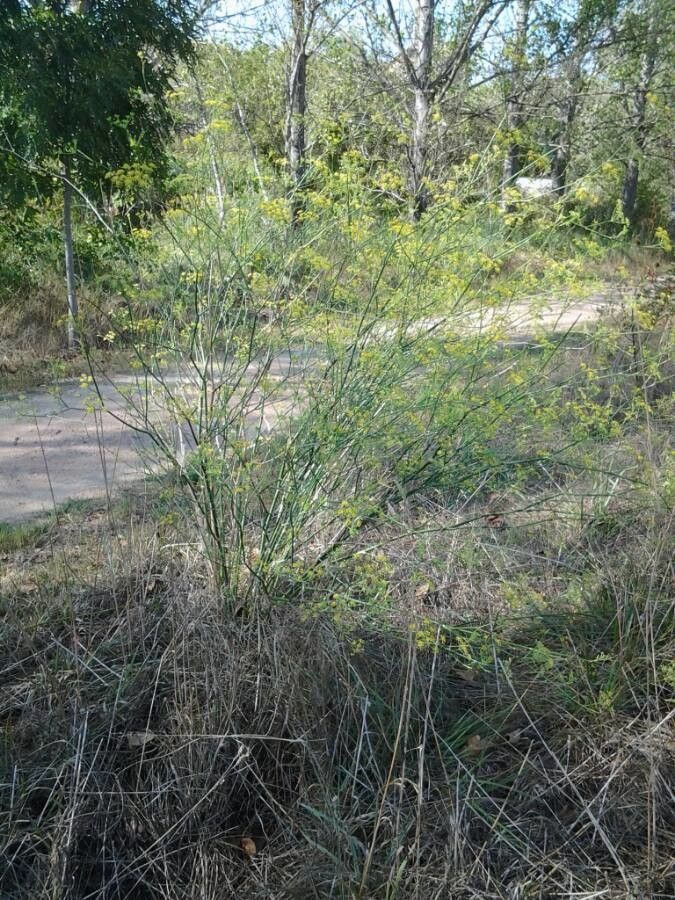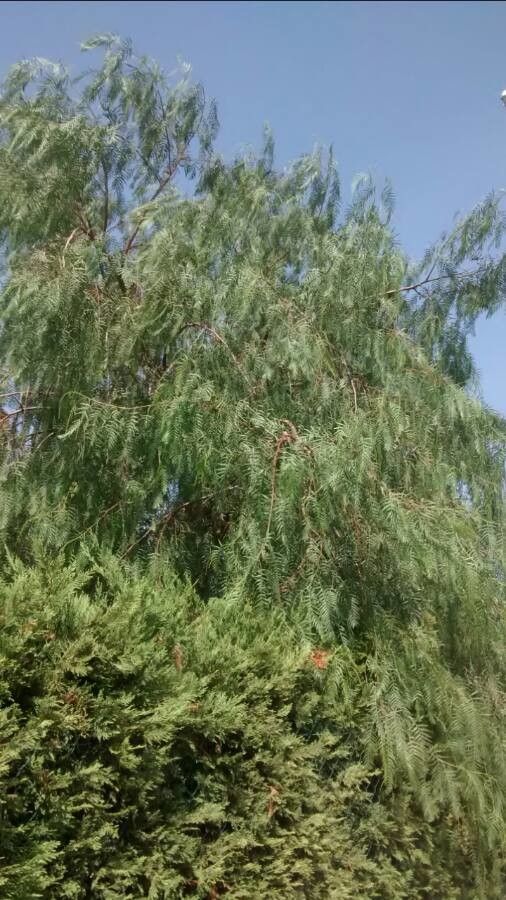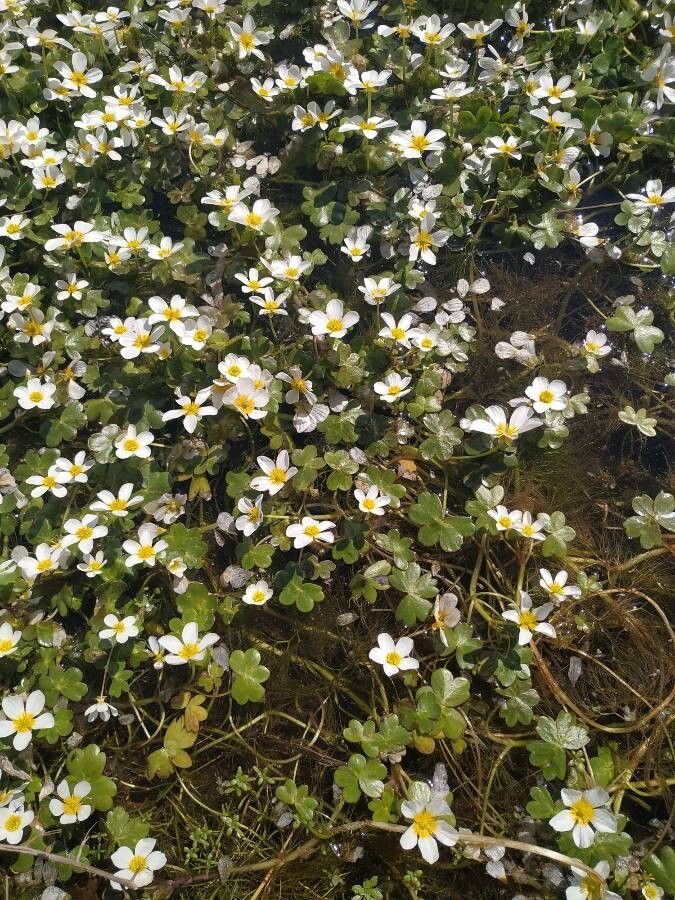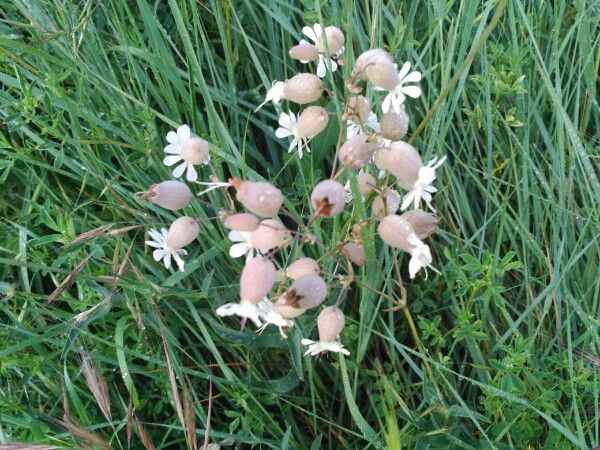## Fennel: A Culinary and Medicinal Delight
Fennel (Foeniculum vulgare), a member of the Apiaceae family (the same family as carrots and parsley), is a versatile and aromatic herb prized for its culinary and medicinal properties. Its feathery foliage and distinctive anise-like flavor make it a welcome addition to gardens and kitchens worldwide. This comprehensive guide will equip you with the knowledge to successfully cultivate this rewarding plant.
### Habitat and Growth
Fennel thrives in sunny locations. It requires at least six hours of direct sunlight per day to flourish. While it tolerates partial shade, full sun encourages vigorous growth and abundant foliage. It's a relatively low-maintenance plant once established. Native to the Mediterranean region, fennel is remarkably adaptable to various climates, thriving in USDA hardiness zones 4-10.
### Soil Needs
Fennel prefers well-drained soil that is rich in organic matter. Avoid heavy clay soils, as they can retain too much moisture and lead to root rot. Sandy loam or a mixture of loam and compost is ideal. Before planting, amend the soil with compost to improve drainage and fertility. The soil pH should be slightly alkaline, ranging from 6.0 to 7.5.
### Planting Fennel
Fennel can be grown from seed or by transplanting seedlings. Direct sowing is best for the outdoor garden, planting seeds about ¼ inch deep and 12-18 inches apart. Start seeds indoors six to eight weeks before the last expected frost for early harvests. Thin seedlings to the recommended spacing as they grow. Transplanting is simple; ensure the root ball remains intact during transplantation.
### Care and Maintenance
Regular watering is crucial, especially during dry spells. Aim for consistently moist soil, but avoid overwatering which can lead to fungal diseases. Mulching around the plants helps retain moisture and suppresses weeds. Regular weeding is important, especially during the early growth stages.
### Harvesting Fennel
Fennel can be harvested at various stages of growth. Young leaves can be harvested continuously for fresh use in salads and other dishes. The stalks and bulbs can be harvested when they reach maturity, usually in late summer or early autumn. For the bulb, carefully dig up the whole plant, making sure to not damage the bulb.
### Culinary and Medicinal Uses
Fennel's anise-flavored leaves, stalks, and seeds are widely used in various cuisines worldwide. The bulbs are particularly popular in Italian cooking, often used in stews and salads. The seeds are used as a spice, often in bread, sausages, and curries. Fennel also has a long history of medicinal use. Its seeds and oil are known for their digestive benefits, easing bloating and gas. It has also been traditionally used to soothe coughs and alleviate respiratory issues. Always consult with a healthcare professional before using fennel for medicinal purposes.
### Pests and Diseases
Fennel is generally resistant to pests and diseases, but aphids and spider mites can occasionally affect it. Good garden hygiene and regular monitoring can help prevent problems. In case of infestations, use appropriate organic pest control measures.
By following these tips, you can successfully cultivate this fragrant and versatile herb in your garden, enjoying its delicious flavor and potential health benefits for years to come.
Fennel: Grow This Aromatic Herb

Frequently Asked Questions
How to grow fennel from seed?
Sow seeds about ¼ inch deep and 12-18 inches apart in well-drained, fertile soil. For earlier harvests, start seeds indoors 6-8 weeks before the last frost.
What type of soil does fennel need?
Fennel prefers well-drained soil rich in organic matter, with a slightly alkaline pH (6.0-7.5). Avoid heavy clay soils.


